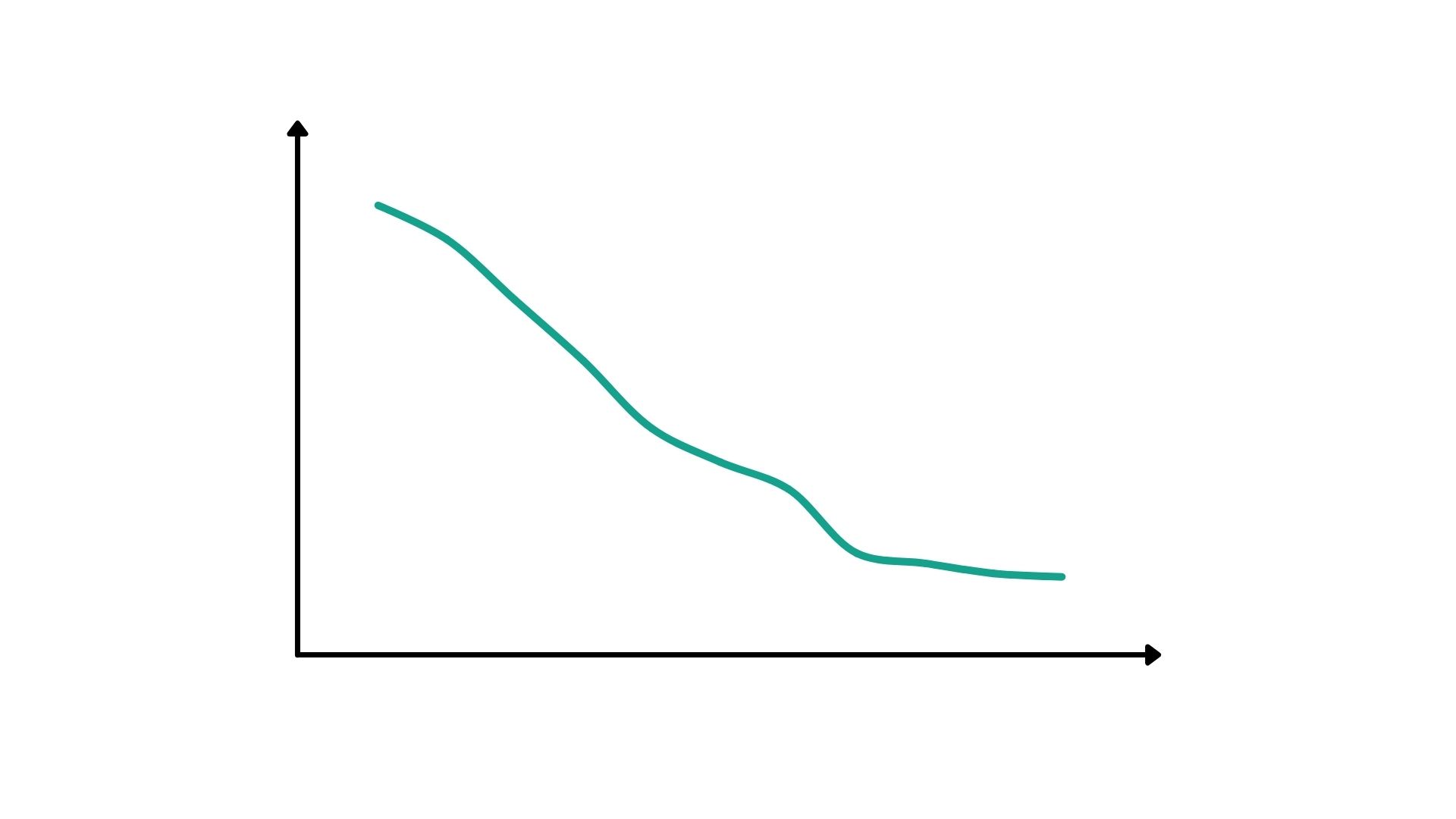
How ZMA Can Boost Your Immune System
Wondering how to boost your immune defences and fight against illness? Discover the science of ZMA and how it can help your immune system.

In the realm of sports nutrition, where precision is paramount, ZMA can be hugely beneficial – a potent trio of Zinc, Magnesium, and Vitamin B6. This comprehensive guide embarks on unravelling the nuanced impact of ZMA on muscle health, where these elements converge to potentially sculpt a narrative of enhanced well-being.

Beyond a mere blend of minerals, ZMA symbolizes a symphony of biochemical processes. Zinc orchestrates protein synthesis crucial for muscle repair, while Magnesium conducts the harmony of muscle contractions. Vitamin B6, a supporting virtuoso, guides amino acid metabolism. Together, they promise more than individual prowess, offering a holistic approach to muscle health.
Our journey begins with a delve into the scientific foundations. Zinc’s role in protein synthesis, Magnesium’s influence on muscle contractions, and Vitamin B6’s orchestration of amino acid metabolism set the stage for ZMA’s profound effects on muscles. This section invites readers into the realm where chemistry and physiology converge. As we explore, it becomes evident that ZMA is not just a supplement but a potential paradigm shift in muscle health optimization. From muscle recovery to enhancing athletic performance, ZMA’s promise lies in its holistic impact. In the pages ahead, we unravel the layers of ZMA’s influence, inviting you to understand its potential transformation of the fabric of muscle health.

ZMA, an acronym symbolizing the blend of Zinc, Magnesium, and Vitamin B6, represents a symphony of essential components. Within the intricate choreography of physiological processes influencing muscle health, each element assumes a distinct role.
Zinc, a foundational mineral, acts as a catalyst, propelling the intricate ballet of protein synthesis, a fundamental driver of muscle repair and growth. Magnesium, positioned at the forefront, takes on a regulatory role in orchestrating the precision of muscle contractions, enhancing overall neuromuscular function. Vitamin B6, the virtuoso in this performance, directs the metabolism of amino acids, crucial for sustaining optimal muscle function. Each has also been shown to be key in testosterone levels and production.
Zooming into the cellular intricacies, Zinc emerges as a vital co-factor in the intricate process of protein synthesis. This foundational biochemical dance is at the very core of muscle repair and growth, rendering Zinc an indispensable player in the intricate tapestry of ZMA’s impact on muscle health.
At the molecular level, Zinc serves as a catalyst, facilitating the orchestration of amino acids into functional proteins. This catalytic role is not only pivotal for the renewal and repair of muscle tissues but also lays the groundwork for the expansion of muscle fibres, essential for muscle growth. Without the guiding hand of Zinc in the protein synthesis ballet, the intricate choreography of muscle regeneration would be significantly impaired.
Moreover, Zinc’s influence extends beyond the confines of protein synthesis. It actively participates in the regulation of cellular processes that dictate the overall health of muscle cells. By ensuring the proper functioning of enzymes involved in cellular metabolism, Zinc becomes a linchpin in maintaining the optimal environment for muscle tissue to thrive.
Magnesium, an omnipresent mineral within the body, emerges as a potent wielder of influence over the intricate realm of muscle contractions. Its role in neuromuscular function assumes a pivotal stance, underscoring its profound relevance for athletes and fitness enthusiasts striving to optimize muscle performance.
At the crux of this influence lies Magnesium’s ability to modulate the activity of neuromuscular junctions, the junctures where nerves and muscles communicate. This modulation is essential for the precise coordination of muscle contractions, ensuring a seamless interplay between nerve signals and muscle responses. As a result, Magnesium acts as a silent conductor, orchestrating the rhythm of muscular activity with a finesse crucial for optimal performance.
Moreover, Magnesium’s impact extends beyond the immediate realm of muscle contractions. It plays a vital role in energy metabolism, facilitating the conversion of ATP (adenosine triphosphate) to ADP (adenosine diphosphate), a process integral to the energy currency of muscle cells. This dual role positions Magnesium as a linchpin in sustaining both the precision and endurance of muscle contractions.
Within the triad of ZMA, Vitamin B6, an essential component, intricately weaves itself into the fabric of amino acid metabolism. This vital biochemical dance, where proteins are broken down and utilized, positions Vitamin B6 as a linchpin, reinforcing the trio’s collective impact on the intricate landscape of muscle health.
At the molecular crossroads of amino acid metabolism, Vitamin B6 acts as a facilitator, enabling the systematic breakdown of proteins into their constituent amino acids. This process, known as proteolysis, is fundamental for the regeneration and rejuvenation of muscle tissues. Vitamin B6, in its role as a coenzyme, ensures the smooth progression of these intricate biochemical pathways, contributing to the efficient utilization of amino acids for various cellular functions, including muscle repair and growth.
Furthermore, Vitamin B6’s influence extends to the synthesis of neurotransmitters involved in muscle contraction signalling. By fostering the production of neurotransmitters like serotonin and dopamine, Vitamin B6 contributes to the intricate communication network between nerves and muscles, influencing the overall coordination and efficiency of muscle function.

Among the myriad benefits attributed to ZMA, its prowess in expediting muscle recovery stands as a hallmark. This triad’s influence on sleep quality assumes a pivotal role in this equation, recognizing the indispensable connection between quality sleep and the body’s intricate mechanisms for recovery. Additionally, ZMA has garnered attention for its potential in reducing muscle cramps and soreness, fostering a swifter and more effective recovery process.
The symbiotic relationship between ZMA and muscle recovery unfolds through the lens of sleep quality. As a trio, Zinc, Magnesium, and Vitamin B6 contribute to the optimization of sleep patterns. Magnesium, in particular, plays a dual role by not only influencing muscle contractions but also acting as a natural relaxant, promoting a state of calm conducive to restorative sleep.
Quality sleep serves as the cornerstone for the body’s recovery mechanisms. During sleep, the release of growth hormone peaks, fostering muscle repair and growth. ZMA’s contribution to enhancing sleep quality aligns with its overarching objective of supporting the body’s natural processes for recuperation.
Moreover, ZMA’s association with a reduction in muscle cramps and soreness adds an extra layer to its muscle recovery narrative. Magnesium’s muscle-relaxant properties, coupled with Zinc’s role in cellular repair, contribute to minimizing post-exertion discomfort, facilitating a smoother recovery journey for individuals engaged in physical activities.

In the quest to enhance athletic performance, ZMA emerges as a promising avenue. A body of research suggests that this triad may be a key player in the pursuit of increased strength, enhanced power output, and improved endurance, positioning it as a valuable consideration for athletes across diverse disciplines.
The relationship between ZMA and enhanced athletic performance is multifaceted. Studies indicate that the Zinc component plays a role in the regulation of anabolic hormones, including testosterone and insulin-like growth factor 1 (IGF-1). These hormonal influences contribute to the enhancement of strength, promoting optimal conditions for muscle development and power generation.
Magnesium, with its integral role in neuromuscular function, is implicated in the precision of muscle contractions. This not only supports overall strength but also influences power output, allowing athletes to exert force efficiently. The intersection of Magnesium’s impact on muscle contractions and its potential role in energy metabolism positions it as a dynamic force in fostering enhanced athletic performance.
Moreover, Vitamin B6, a coenzyme in amino acid metabolism, contributes to the synthesis of neurotransmitters. This involvement is crucial for the coordination of muscle activity, influencing endurance levels during physical exertion. The interconnected roles of Zinc, Magnesium, and Vitamin B6 converge to create a synergistic impact on various facets of athletic performance.
In conclusion, the trio of Zinc, Magnesium, and Vitamin B6 encapsulated in ZMA emerges as a multifaceted supplement with the potential to positively influence muscle health. From its scientific underpinnings to practical applications in muscle recovery and athletic performance, this guide has traversed various facets of ZMA’s impact on muscles.
ZMAN+ includes the highest quality ZMA ingredients, in addition to boron and vitamin D, to support optimum athletic performance and recovery, and testosterone production.


Wondering how to boost your immune defences and fight against illness? Discover the science of ZMA and how it can help your immune system.

Learn how ZMA can transform your muscle recovery and athletic performance, allowing you to reach your health goals

Studies have shown that testosterone levels are falling. Read this to find out why and what can be done to fix it.

Discover how Vitamin B6 reduces fatigue through energy metabolism, with key facts and intake recommendations.

Complete the form NOW to receive the free ebook and take on the challenge.